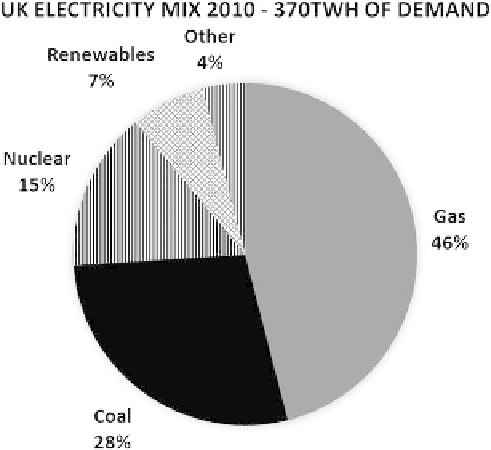Environmental Engineering Reference
In-Depth Information
disposed of. Evidence is emerging from Australia that existing treatments
cannot remove all the toxins found in CBM wastewater.
74
Communities living near CBM extraction sites in Australia have com-
plained of respiratory problems, rashes and irritated eyes,
75
though research
has not been done to corroborate a link. The risks posed to the local en-
vironment and human health have contributed to the imposition of a ban in
New South Wales on CBM extraction within 2 km of residential areas.
76
Underground coal gasification (UCG) involves the partial combustion
underground of coal and the capture of the produced gas. By making it
theoretically possible to use previously inaccessible coal seams, UCG can
increase usable coal reserves - by 300-400% according to some sources.
However, it involves both local environmental risks, notably subsidence and
water contamination (one pilot project in Australia was shut down following
the discovery of benzene and toluene in nearby groundwater monitoring
bores),
77
and also contributes to climate change. This could be addressed by
the use of CCS technology, and in the UK the Environment Agency has said
this will be required if UCG is to be used for power generation.
78
However,
one comprehensive analysis of the climate impacts of UCG has found that
UCG is unlikely to be deployed widely with more than partial CCS, meaning
that carbon emissions could still be significant.
79
6 Friends of the Earth's Vision
Friends of the Earth believes that the priority for the UK's energy system is
reducing our reliance on fossil fuels, basing our energy future on reducing
energy waste and exploiting the UK's vast potential for renewables.
Figure 1 UK electricity mix 2010.

